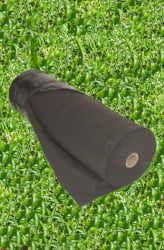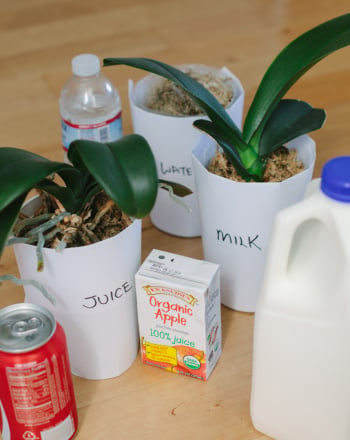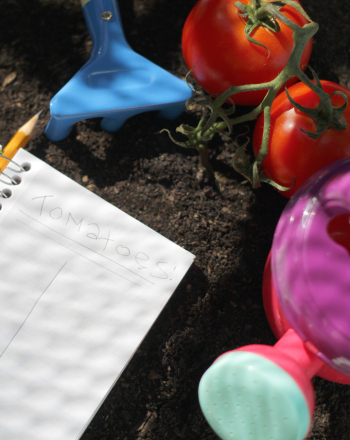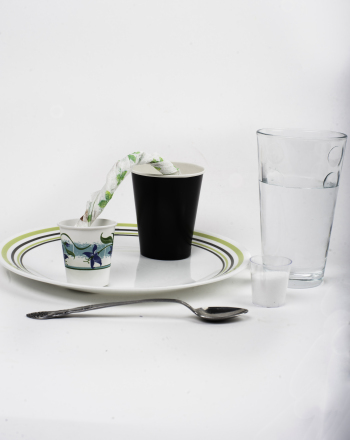Science project
Talking to Plants
Grade Level: 3rd - 6th; Type: Biology
Objective:
To find out whether plants respond to human speech.
The purpose of this experiment is to learn whether talking to a plant will help it grow.
Research Questions:
- How do plants communicate?
- What types of plants communicate with each other?
- What types of messages do plants send to each other?
- How do vibrations affect plants?
- Is it possible for plants to sense chemical messages sent by other creatures?
- Do humans communicate through chemical signals as well?
Many people talk to their plants while they water them. Usually, people who talk to their plants believe that plants can pick up on their good intentions. This is a relatively common practice, as human beings tend to anthropomorphize, or give human qualities to non-human life forms or objects. While there is no evidence to suggest that plants respond to affection, some plants do have a limited ability to communicate with one another. Though plants lack the ability to receive and process sound waves, evidence suggests that some plants can communicate with each other through the use of chemical signals. Additionally, vibrations that travel through the soil or in the air may have an effect on plant growth. It may be possible for plants to pick up on the vibrations created by human speech and maybe even by the chemical signals that humans release without knowing it.
Materials:
- Seeds (bean seeds work well because they grow quickly and are hardy)
- Containers
- Potting soil
- Water
Experimental Procedure:
-
Label one of the containers “control.”
-
Label one of the containers “kind words.”
-
(optional) Label one of the containers “neutral words.”
-
(optional) Label one of the containers “angry words.”
-
Plant three seeds in each container, following the package directions as to planting depth and spacing.
-
Place each of the containers outdoors (if it’s warm out) or in a sunny window (if it’s cold).
-
Water the plants.
-
Take one of the containers into a separate room.
-
Talk to the plant for 15 minutes.
-
Water the plant.
-
Move the plant back to its window.
-
Repeat steps 8-11 with any other experimental plants you may have.
-
In order to subject the control plant to the same variables, move it into the other room for the same amount of time but do not talk to it.
-
Each day, record plant growth (height and number of leaves) on a chart such as the ones below.
|
HEIGHT
|
Control 1
|
Control 2
|
Control 3
|
Kind 1
|
Kind 2
|
Kind 3
|
|
Day 1
|
|
|
|
|
|
|
|
Day 2
|
|
|
|
|
|
|
|
Day 3
|
|
|
|
|
|
|
|
Day 4
|
|
|
|
|
|
|
|
Day 5
|
|
|
|
|
|
|
PLANT GROWTH CHART
|
NUMBER OF LEAVES
|
Control 1
|
Control 2
|
Control 3
|
Kind 1
|
Kind 2
|
Kind 3
|
|
Day 1
|
|
|
|
|
|
|
|
Day 2
|
|
|
|
|
|
|
|
Day 3
|
|
|
|
|
|
|
|
Day 4
|
|
|
|
|
|
|
|
Day 5
|
|
|
|
|
|
|
Terms/Concepts: Chemical signals; Sound waves; Anthropomorphize; Growth; Germinate; Communication; Intelligence
References:
Education.com provides the Science Fair Project Ideas for informational purposes only. Education.com does not make any guarantee or representation regarding the Science Fair Project Ideas and is not responsible or liable for any loss or damage, directly or indirectly, caused by your use of such information. By accessing the Science Fair Project Ideas, you waive and renounce any claims against Education.com that arise thereof. In addition, your access to Education.com's website and Science Fair Project Ideas is covered by Education.com's Privacy Policy and site Terms of Use, which include limitations on Education.com's liability.
Warning is hereby given that not all Project Ideas are appropriate for all individuals or in all circumstances. Implementation of any Science Project Idea should be undertaken only in appropriate settings and with appropriate parental or other supervision. Reading and following the safety precautions of all materials used in a project is the sole responsibility of each individual. For further information, consult your state's handbook of Science Safety.













